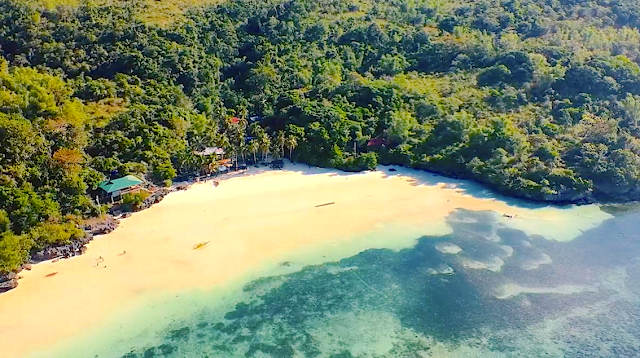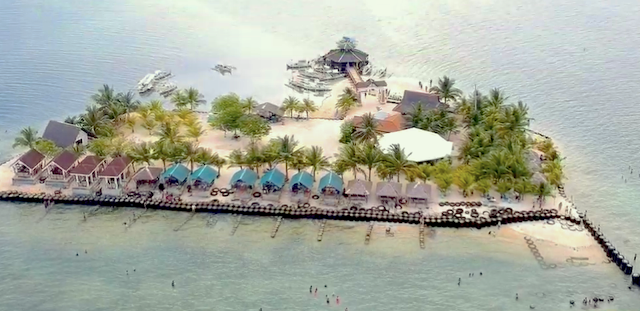Exploring the Rich Culture and History of Kidapawan City: Fun things to DO
Kidapawan City is a city located in the province of Cotabato on the island of Mindanao in the southern Philippines. It is the capital city of the province of Cotabato and is part of the Soccsksargen region. Kidapawan City is located at the foot of Mount Apo, the highest mountain in the Philippines. Kidapawan City covers a total land area of 336.40 square kilometers and is composed of 40 barangays or villages. As of the 2020 census, the city has a population of around 151,000 people. The economy of Kidapawan City is largely agricultural, with rice, corn, coconut, and various fruits being the main crops grown in the area. The city is also home to several industries such as furniture-making, handicrafts, and food processing. In recent years, Kidapawan City has been promoting its tourism industry, particularly its natural attractions such as hot springs, waterfalls, and natural parks. The city is also known for its annual Timpupo Festival, which celebrates the bountiful harvests of the cit...




